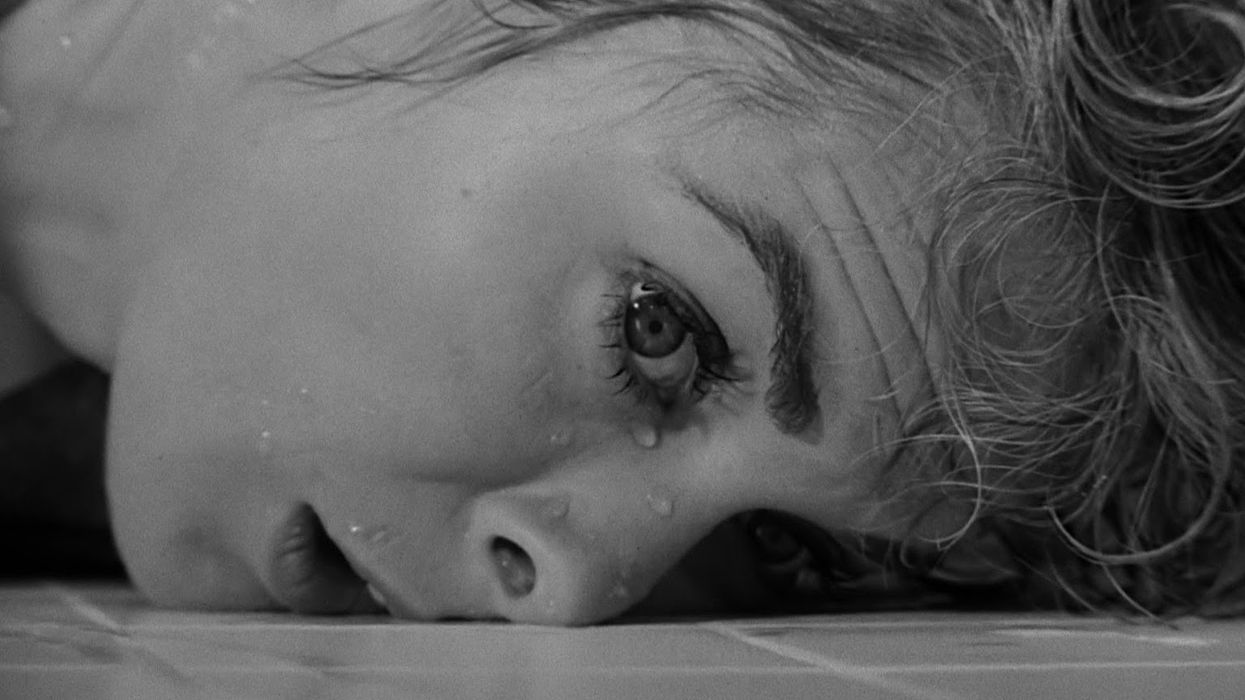Need to Give Your Shots More Depth? Change Your Camera Angle
There are many ways to create depth in your images, but changing your camera angle might be one of the most effective.

Filmmaking is a two-dimensional art form, which is why filmmakers are always trying to create the illusion of depth in their compositions. This can be complicated to do with all of the elements and options available to you, like focal length, lighting, and depth of field, but one technique that isn't often talked about in terms of depth is camera angle. Photographer Ted Forbes of The Art of Photography provides some helpful explanation about the use of low angles to create depth in the video below.
Usually when it comes to different camera angles we talk about their connotations to power (e.g. low angles = powerful, high angles = loss of power), however, as Forbes mentions in the video, low angles can not only create depth, but they can communicate certain messages to your audience (other than who has power and who doesn't).
One excellent example of this is in To Kill a Mockingbird, which uses low angles to put the audience in the point of view of Atticus Finch's two children, Scout and Jem. In fact, many filmmakers use this technique to change the perspective most familiar to adults, which is at eye level.
There are plenty of other applications for low angles. Consider the shower scene in Psycho—Hitchcock could've shot Marion Crane's body from any angle or vantage point, but he decided to get down on the floor and capture her there. This creates an uncomfortable intimacy, because technically we're at her eye level, but we're on the cold, hard bathroom floor, which is a perspective perhaps only her killer would have at that moment.
What are some other ways you can use low angles to tell stories visually? Let us know in the comments below.
Source: The Art of Photography












